Innovative Efforts Receive Spotlight at Inaugural Ceremony Highlighting Energy Efficiency, Conservation
/The Stamford 2030 District’s inaugural Change Makers Awards were presented this month, honoring projects and organizations excelling in four distinct areas: innovation in energy, water, transportation and sustainable technology. The awards ceremony captured some of the most innovative local project involving energy efficiency improvements, water retention methods and the promotion of safe multi-modal transportation. The award winners were:
- 400 Atlantic St. (The Landis Group) for Innovation in Energy;
- The Mill River Park and Greenway (Mill River Park Collaborative) for Innovation in Water;
- The Sharrow Network (city of Stamford and People Friendly Stamford) for Innovation in Transportation;
- Living Wall Project (JM Wright Technical School) for Innovation in Sustainability; and an honorable mention to 9 W. Broad St. Property LLC (Forstone) for its work with the C-PACE program.

The Stamford 2030 District is a collaborative, nationally recognized, but local community of high performance buildings in downtown Stamford that aims to dramatically reduce energy and water consumption and reduce emissions from transportation, while increasing competitiveness in the business environment and owners' returns on investment.
”We launched this program in October last year and it’s been amazing to see the commitment from the local community to start implementing changes," said Megan Saunders, Stamford 2030 executive director. "We went from zero to 34 members and have benchmarked six million square feet of their buildings. I’m excited to see what we’re able to collectively accomplish in the next year.”
The awards reception featured a keynote address by Brian Geller, founder of the first 2030 District and currently senior vice president, corporate sustainability, Citibank. The evening also featured a tribute to the Stamford 2030 District’s first year of accomplishments and a sneak peek at next year’s plans. Stamford 2030 is a collaboration between Connecticut Fund for the Environment, the Business Council of Fairfield County and a coalition of professional and community organizations.
 “I would like to congratulate all of the members of Stamford 2030 for joining together to make vital changes for our community," said Stamford Mayor David Martin. "The partners in Stamford 2030 have really stepped up for the success and sustainability of our city and the surrounding area. And they are not alone. For our part, the city is committed to improving storm resiliency and moving forward with the Energy Improvement District. We believe these efforts are tied to our economic development and ability to attract people to Stamford while conserving important natural resources, all necessary for sustained growth and prosperity.”
“I would like to congratulate all of the members of Stamford 2030 for joining together to make vital changes for our community," said Stamford Mayor David Martin. "The partners in Stamford 2030 have really stepped up for the success and sustainability of our city and the surrounding area. And they are not alone. For our part, the city is committed to improving storm resiliency and moving forward with the Energy Improvement District. We believe these efforts are tied to our economic development and ability to attract people to Stamford while conserving important natural resources, all necessary for sustained growth and prosperity.”
The Stamford 2030 District is an interdisciplinary public-private-nonprofit collaborative working to create a groundbreaking high performance building district in downtown Stamford. With the Architecture 2030 Challenge providing property performance targets, the Stamford 2030 District seeks to prove that high performing buildings are the most profitable buildings in Stamford. District Members will do this by developing realistic, measurable, and innovative strategies to assist district property owners, managers, and tenants in meeting aggressive goals that keep properties and businesses competitive while operating buildings more efficiently, reducing costs, and reducing the environmental impacts of facility construction, operation, and maintenance.
2030 Districts are also operating in the cities of Seattle, Cleveland, Pittsburgh, Los Angeles, Denver, San Antonio, San Francisco, Dallas, Toronto and Albuquerque.
https://youtu.be/mRMr88y8TMI
https://youtu.be/9s9yyI1_zdg


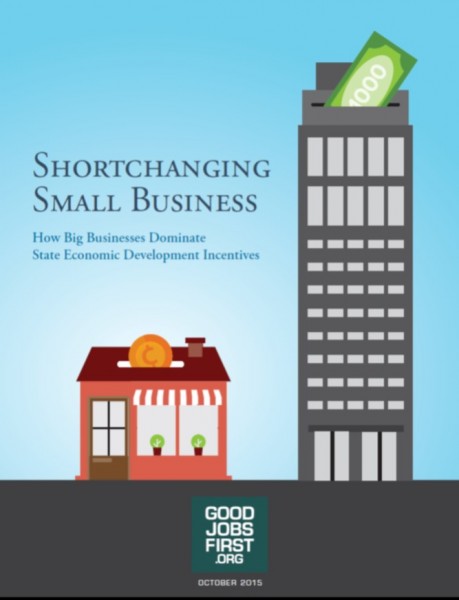

 Alabama’s special session – the first in five years - was held over the summer, convening on July 13 and ending in disarray in mid-August, with a second special session on the state budget convened and concluded in mid-September. Among the
Alabama’s special session – the first in five years - was held over the summer, convening on July 13 and ending in disarray in mid-August, with a second special session on the state budget convened and concluded in mid-September. Among the 
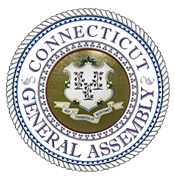 Democratic legislative leaders and Republican legislative leaders are
Democratic legislative leaders and Republican legislative leaders are 

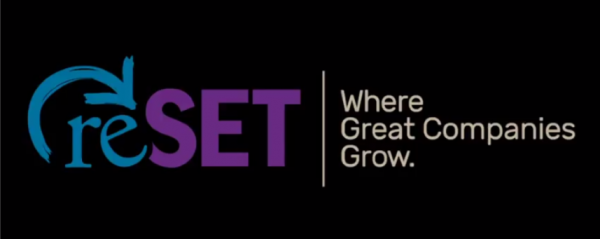
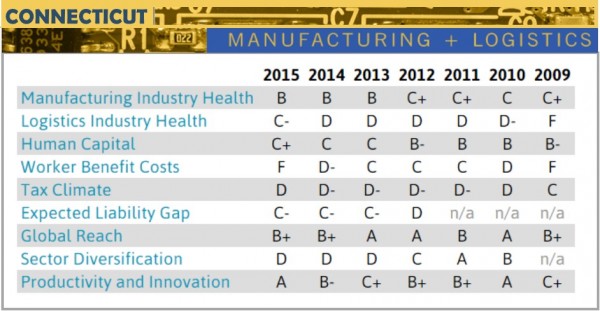

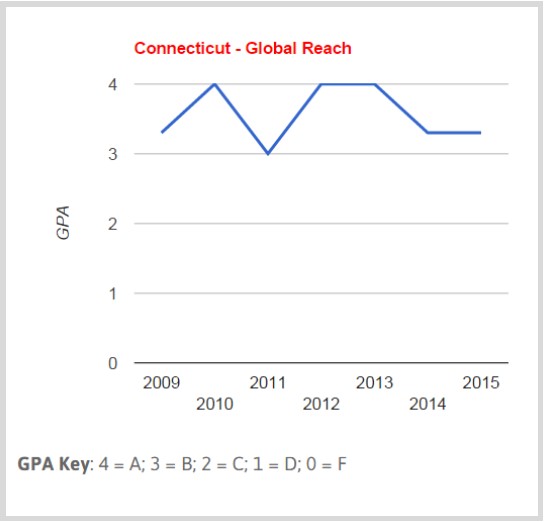










 The Marcum Tech Top 40, now in its 8th year, recognizes technology companies with at least $3 million in annual revenue and a four-year record of growth, in six industry sectors. Both privately held and publicly traded companies are eligible. This year, 14 were publicly traded; 26 were privately held.
The Marcum Tech Top 40, now in its 8th year, recognizes technology companies with at least $3 million in annual revenue and a four-year record of growth, in six industry sectors. Both privately held and publicly traded companies are eligible. This year, 14 were publicly traded; 26 were privately held.
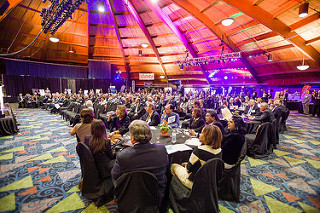


 Mallory Industries, Inc
Mallory Industries, Inc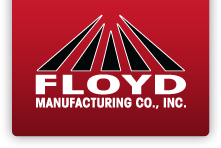 ency has always been perceived as a cam manufacturer. Components produced have been installed in life critical medical devices, numerous aircraft and various industrial equipment.
ency has always been perceived as a cam manufacturer. Components produced have been installed in life critical medical devices, numerous aircraft and various industrial equipment.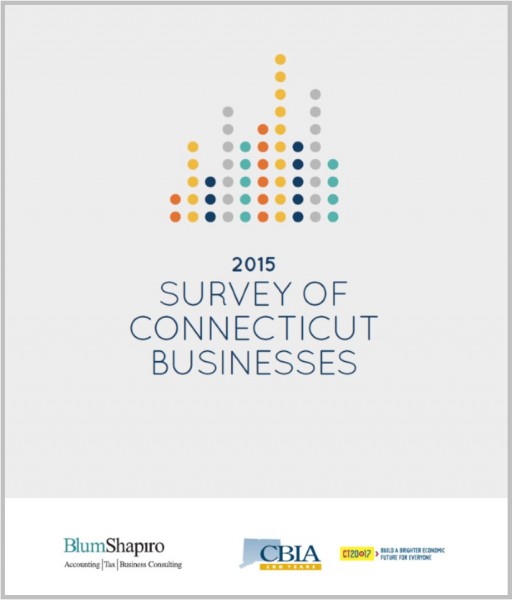

 Whether perception drives reality or reality is drives perception, the opinions stated by business surveyed are less than encouraging, according to the report. Primary reasons cited for moving or expanding outside Connecticut are the state’s high costs (including taxes) and its “anti-competitive business environment,” reflecting an oft-stated CBIA viewpoint. More than three-quarters say Connecticut’s business climate is subpar compared with other states in the Northeast, and the nation.
Whether perception drives reality or reality is drives perception, the opinions stated by business surveyed are less than encouraging, according to the report. Primary reasons cited for moving or expanding outside Connecticut are the state’s high costs (including taxes) and its “anti-competitive business environment,” reflecting an oft-stated CBIA viewpoint. More than three-quarters say Connecticut’s business climate is subpar compared with other states in the Northeast, and the nation.




























